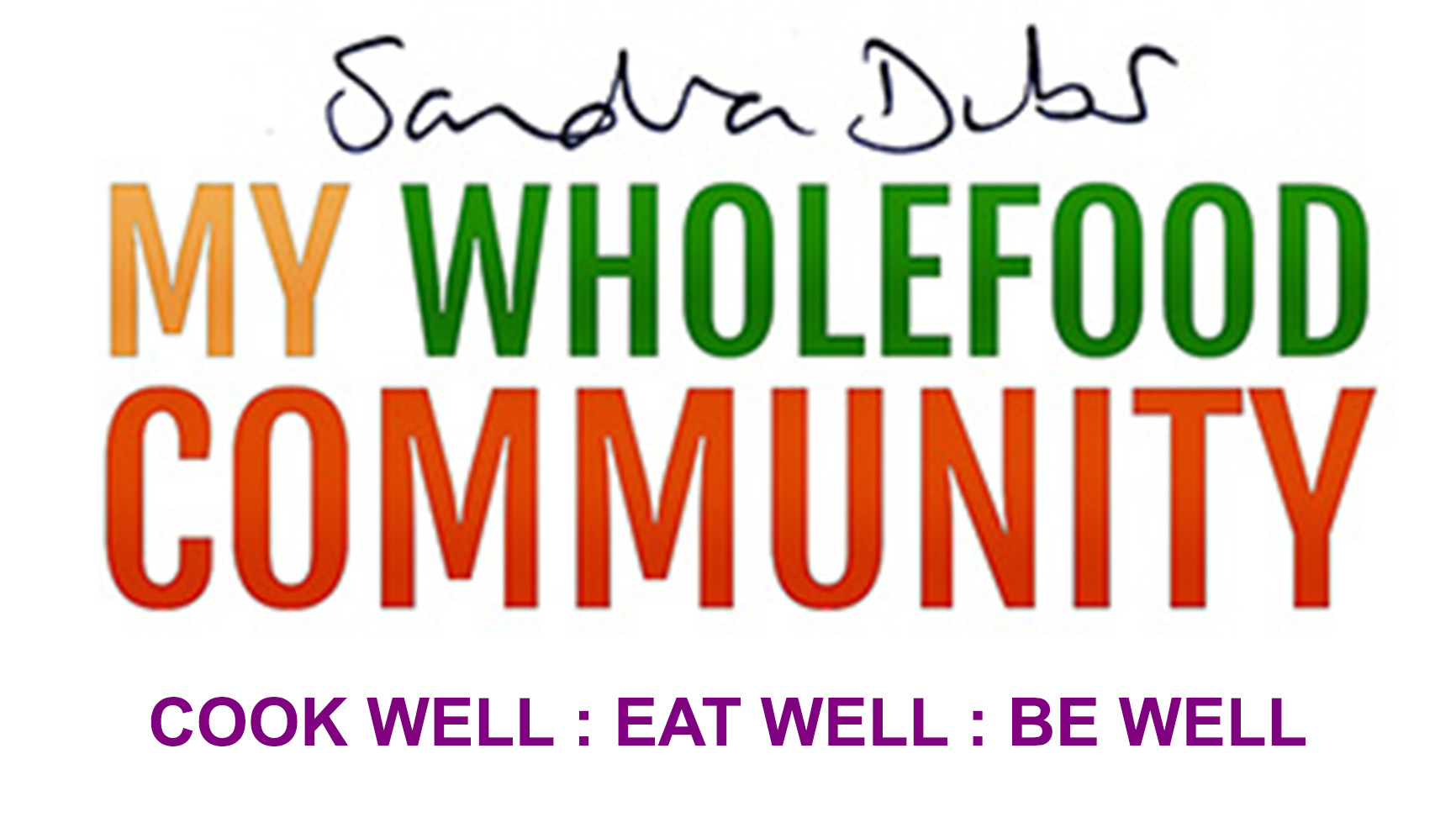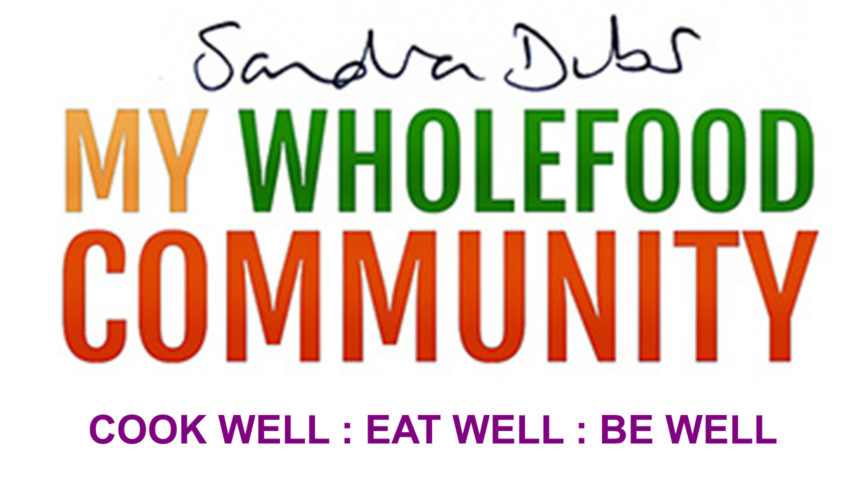Tofu
Tofu or not tofu: Health concerns around soy
Some people have allergies or food intolerances to soyfoods. So best to not have any.
Research is mixed on the overall risks or benefits from soy. Some studies show soy lowers the risk of some cancers and brings about a myriad of other health benefit, others show it can be a catalyst for cancer. So depending on which you believe, eating soy will either add ten years to your life or subtract it.
I’m of the belief that if you consume organic “whole” soy products – tofu, tempeh for example, in moderation, as opposed to isolated soy components – soy isolates/protein, soy oil etc, soy is a healthy food.
- One of the key health issues is that soy contains isoflavones that act as phytoestrogens and can mimic human estrogen. Many plants contain them (nuts for example) but soy has them at higher levels.
- The level of concern has been escalated because of the abundance of extracted soy derivatives – protein (soy protein isolate), soy flour and soy oil that is used in fast and processed food, that we are unknowingly consuming in higher quantities than ever before. Moreover, most of these soy derivatives have been extracted using a toxic petroleum derivative called hexane.
- The other issue with soy is that as a grain it has phytic acid which can latch onto minerals in your system meaning you will not absorb them, as well as enzyme inhibitors that inhibit your enzymes from digesting it. As noted above, fermenting it (as in the case of tempeh) eliminates both these problems.
- The GMO issue also comes up since most soy grown is genetically modified, but many soy products for humans (as opposed to the soy grown for animal feed) is “non-GMO” – look for this label (as well as “Organic”) on the package, as both are indicators that GMO beans were not used.
What is Tofu?
Tofu or bean curd is a processed soybean that originated in China thousands of years ago.
It is made by curdling fresh soya milk, pressing it into a solid block and then cooling it – in much the same way that traditional dairy cheese is made by curdling and solidifying milk. The liquid (whey) is discarded, and the curds are pressed to form a cohesive bond. A staple ingredient in Thai and Chinese cookery, it can be cooked in different ways to change its texture from smooth and soft to crisp and crunchy.
Health benefits.
Low in calories, tofu improves digestibility of the highly valued soybean. When combined with grains, tofu yields easily digested high quality protein and contains all nine essential amino acids. Extra Firm has double the protein of Silken (which has more water weight).
- Cholesterol free.
- Tofu is high in B vitamins and minerals including calcium, iron and potassium.
- As tofu is cooling, on cold days, prepare tofu with warming foods such as onions, ginger and garlic as these are warming. Due to this cooling effect it is good to eat tofu in warmer weather.
Traditionally tofu was served as a savoury dish rather than sweetened as sweetening tofu makes it too cooling. For most people its cooling quality needs to be altered by thorough cooking.
BUYING
Available in extra firm, firm or soft, according to amount of water contained.
Water packed tofu from refrigerated section of store, tastes better if made with traditional coagulant-nigari. Buy Organic Tofu to ensure soybeans have not been genetically modified.
USAGE
Drain tofu and if using it in a dressing or sauce, blanch it in boiling water for a minute before use.
Soft tofu is more suitable for soups, sauces and desserts
Hard tofu keeps its shape better for stir-fries and grills
STORAGE
Once opened, store unused tofu in a covered glass bowl or jar with water to cover. Change the water every few days and the tofu will last up to a week.
If tofu develops a sour flavour or turns pinkish, then throw it out.
FREEZING
For a meatier texture, freeze tofu for at least 2 weeks. Thaw, squeeze out the water, break into small pieces and sauté with favourite flavours.
Read more about soy here…
https://www.betterhealth.vic.gov.au/health/HealthyLiving/soybeans
So if you are enjoying tofu in moderation , here are some more suggestions for you.
1. MASH TOFU with fork or potato masher and add to a tomato-onion-garlic-herb sauce to make a meatless bolognaise topping for pasta, lasagna and steamed vegetables.
2. SCRAMBLE TOFU. In a wok or frypan sauté onions, garlic and herbs in sesame oil until onions are translucent. Add turmeric, curry powder and seasalt and sauté for another minute. Crumble tofu and add to sauté. Add more flavourings and water as required.
3. MARINATE TOFU in sauce made up of mirin, tamari, water and ginger juice or Spiral Foods Ponzu Sauce (for a tangy citrus flavour) for 15 minutes or longer, then grill or bake.
4. BLEND TOFU in a food processor with tahini, miso paste, boiled water, lemon juice and a small piece of pre-soaked, chopped (and stem removed) wakame sea vegetable to make a savoury spread or dip.
To make tofu sour cream, blend silken tofu, olive oil, lemon juice, apple cider vinegar, small amount of honey or rice syrup and seasalt. Serve on baked vegetables or soup
5. FRY TOFU. First wrap 3cm tofu slabs in clean cotton cloth and place under a chopping board or plate( do not squashes the tofu) for 30 minutes. This ensures water is absorbed into cloth. Cut slices again (3cm x 6cm). Lightly coat tofu slices with arrowroot flour. Deep fry in organic safflower oil, until golden brown. Drain on paper towels before serving. Use in stir-fries, sandwiches or add to stews or salads.
Please listen to Sandra’s radio chat about Tofu. Click below.


